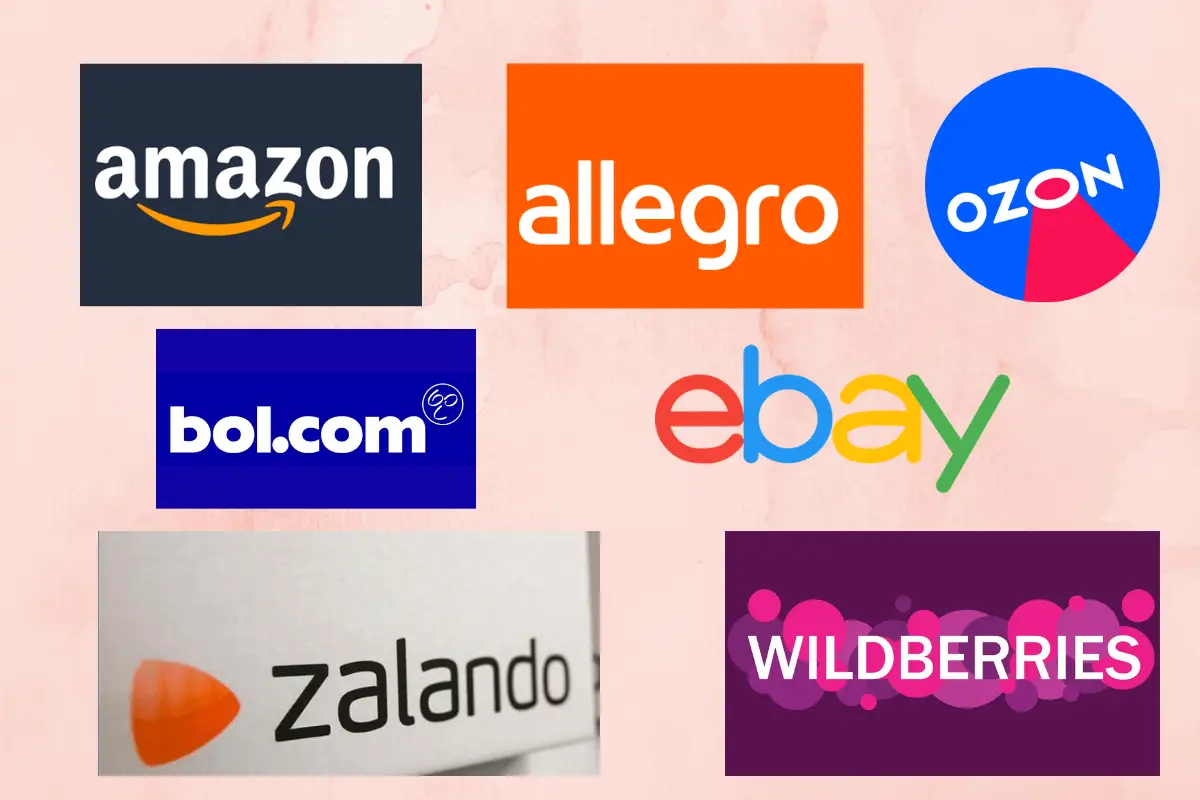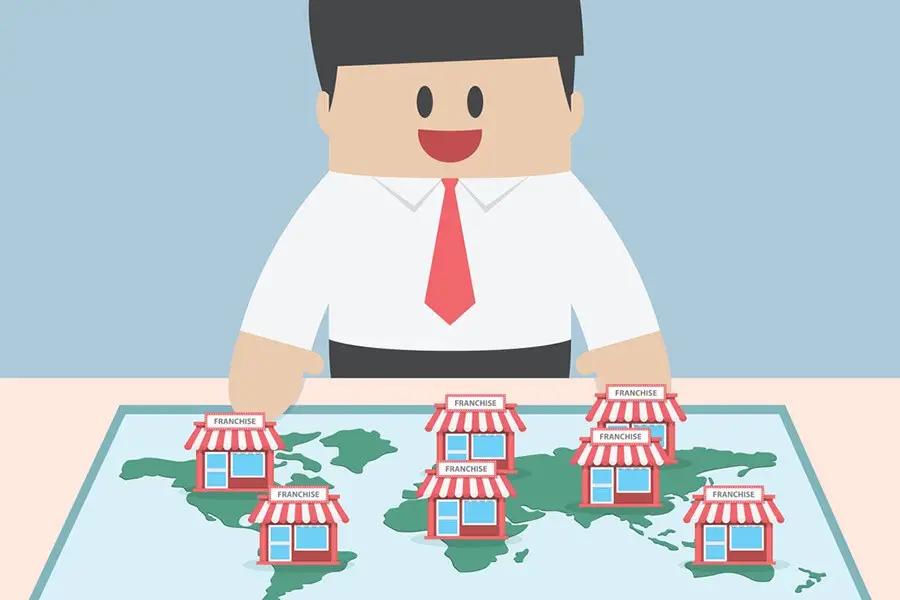What is profitable to sell on marketplaces is a question that is now being answered not by intuition, but through numbers, analytics, and precise calculation. In conditions of high competition and fluctuating demand, those who do not guess, but systematically approach the choice of niche, evaluate profitability, and calculate logistics before launch are the winners.
The current approach is based on three parameters: profitability, forecasted demand, and logistics. Let’s take a closer look at what is profitable to sell on marketplaces in this article.

Top growing products for sale on marketplaces
On marketplaces, the winner is not the one who guesses trends, but the one who can do the math of the niche. Certain categories grow not seasonally, but due to consumer behavior and logistical logic. Current assortment analytics on online platforms record demand growth in the following categories:
- Car accessories: consistently high frequency, high profitability, constant demand, low return rate.
- Cosmetics from small brands: the trend for “clean composition” combined with local production ensures high sales and low logistics costs.
- Products for dachas and gardens: a seasonal but very profitable segment, especially in regions.
- Organizers and storage systems: popular items with minimal investment in packaging and transportation.
- Underwear and socks: an “evergreen” category — compact storage, quick delivery, no need for complex certifications.
What is profitable to sell on marketplaces is determined not only by the niche’s popularity but also by the level of competition within it. A successful launch requires an evaluation not of sales volume but of the density of offerings on the first pages and the share of own brands.
What products to sell on marketplaces
Understanding what to choose to sell on marketplaces is formed not by intuition, but by specific metrics: number of sellers, number of SKUs, frequency of search queries, number of reviews on top products.
Choosing a product for a marketplace requires a balance: a low entry threshold combined with high chances of getting to the top. Such an assortment should not depend on seasonality, not require complex certification, and be easily scalable.
Top niches: children’s products, textiles, sports goods, kitchenware. But only with proper packaging, precise analytics, and good logistics.
Algorithm for choosing a product
Launching sales is not about inspiration but cold calculation. To understand what is profitable to sell on marketplaces, it is important to go through the filter of numbers, not just rely on intuition.
To receive stable revenue from sales, the following 5 steps will help:
- Choose a niche with real, not abstract demand. Analyze search results for frequent queries, record the number of competitors, clarify the dynamics.
- Check profitability. Calculate net profit per unit considering packaging, platform fees, logistics, return costs.
- Check how easy it is to obtain certificates. Evaluate deadlines, costs, list of documents. Exclude niches requiring mandatory government registration.
- Work on logistics. Compare FBO and FBS conditions, calculate delivery, storage, packaging costs. Specify dimensions to reduce logistics expenses.
- Model purchases. Estimate the budget for promotion — without initial traffic, even the most popular marketplace product won’t sell.
Following this algorithm helps reduce risks at the start and more accurately assess the niche’s prospects. The right product is not just an item but an economically calculated solution ready for scaling.
What to sell on Wildberries
Wildberries scales the assortment best. What is profitable to sell on marketplaces of this format are categories with frequent search queries and high turnover: underwear, cosmetics, household goods. The platform aggressively promotes inexpensive items, especially from its own production.
It is important to note: Wildberries requires high shipping speed. Warehouses are distributed by regions, products are moved automatically, and penalties are immediate.
What to sell on Ozon
Ozon values assortment and card depth. Here, the brand strategy works: unique USP, thoughtful photos, animations, detailed descriptions. What is profitable to sell on marketplaces of this format? It’s non-standard but versatile products: eco-friendly household products, smart home devices, original pet products.
Customer loyalty is higher, purchases are more stable. At the same time, the online store actively promotes its own logistics and advertising services.
What to sell on Yandex Market
The platform targets a tech-savvy audience. Demand is growing here for electronics, gadgets, products from the “smart home” segment. What is profitable to sell on ecosystem-type marketplaces? Products with built-in value and minimal competition. Packaging and description directly impact sales.
Yandex actively promotes the assortment by clicks, so clickability of the card is more important than price.
Accounting for logistics and packaging: how to save
Transitioning from idea to launch requires not only choice but also careful cost control. The main costs lie in packaging, transportation, and purchases. Bulky products increase storage costs, and non-standard packaging can double logistics expenses.
The rational solution is to package the product so that it meets platform requirements but takes up minimal space. Reducing returns is achieved through precise labeling and quality photos. A profitable assortment is compact, low-maintenance products without fragile elements — minimizing losses during delivery.
Brand and own production
Creating a brand and launching own production is not a trend but a tool for controlling profitability. In popular niches, manufacturers earn 2-3 times more profit per unit. This approach is especially effective when working with high-demand products.
What is profitable to sell on marketplaces under your own brand are simple but necessary products: towels, thermos mugs, silicone baking molds. Unique packaging and design create additional value. Connecting a contract with a domestic manufacturer shortens the supply chain and eliminates intermediaries.
Search query as a guide
A search query is not just a keyword but an indicator of current audience behavior. What is profitable to sell on marketplaces can be seen from the frequency of the query and its seasonal dynamics. Using analytical services (MPStats, Mafin, Selvery) allows pinpointing queries with high demand and low competition.
Popular products for online sales can be easily identified by a combination of parameters: average number of reviews on top products — up to 100, level of competition — not more than 5 sellers per 1 SKU, stable growth of search traffic — at least 20% per month.
Specific examples of profitable solutions
Analysis of successful products on platforms is a guide for launching your own sales. It is specifics that allow you to see the logic of demand and calculate potential in advance.
What is profitable to sell on marketplaces is guided not by theory but by numbers:

- Compact mini irons for travel. Purchase price — 230 ₽, retail — 890 ₽. Profit margin — 62%. Demand grows during vacation season. Returns — less than 2%.
- LED strips with remote control. High-frequency query, high sales, low cost. Simple logistics.
- Food containers with dividers. Fit the wellness trend, in demand year-round, easily branded.
- Baking assortment with culinary recipes in the description. Added value increases conversion.
- Manicure sets. Low entry, high profitability, high average check with cross-selling.
All these examples are united by clear economics: high profitability, easy launch, and stable demand. With proper packaging and promotion, each of them is capable of bringing stable profit already in the first quarter.
What is profitable to sell on marketplaces: conclusions
To successfully sell on marketplaces, focus on everyday, in-demand products with simple logistics and high turnover. The key to success lies not in luck but in deep market analysis, precise calculation of all costs and potential profits, as well as in a smart launch and sales optimization. A careful approach to niche selection and constant monitoring of metrics will help you build a stable and profitable business on online platforms.
 en
en  ru
ru  de
de  ar
ar  es
es  hi
hi  fr
fr  nl
nl  it
it  pt
pt  el
el 



